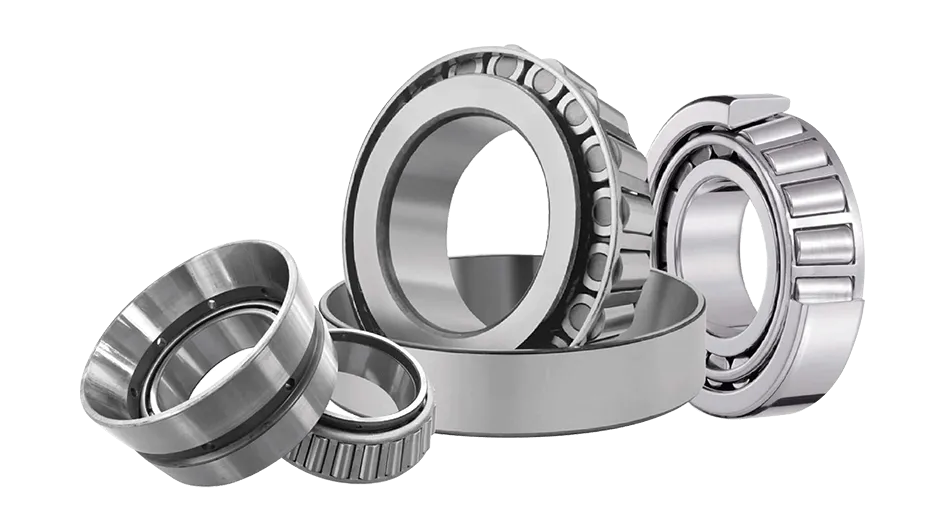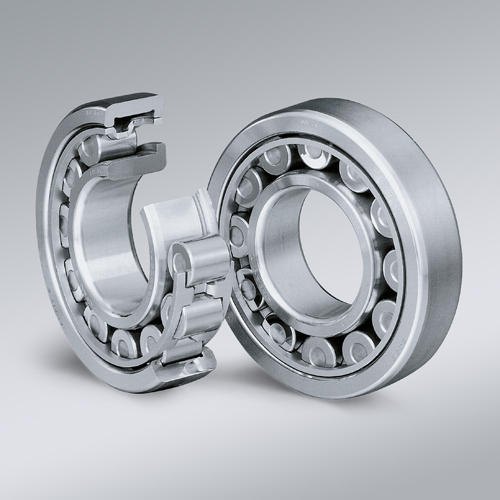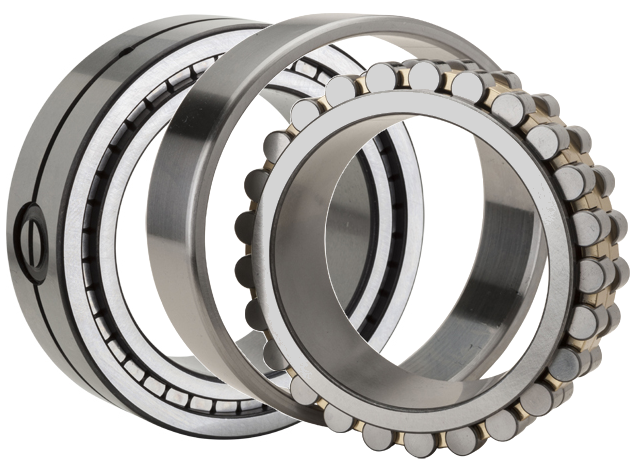Product Description
1. Product Description
| Material | 42CrMo or 50Mn | ||
| Delivery Time | 15 Days | ||
| Transport | By sea, by air, by railway, by express | ||
| Warranty Period | 18 Months | ||
| Package | Wooden Box | ||
| Payment | T/T , Western Union, Paypal | ||
2. Product show
3. Company profile
HangZhou King Slewing Bearing Technology Co., Ltd. is a specialized manufacturer and exporter for excavator and crane slewing bearings. The company occupies the workshop area of 6,000m2, offering a variety of models which can meet your various demands. We own a specialized team in R&D and manufacturing the slewing bearing for many years. We can make more than 1000 models of slewing bearings to match famous excavator and crane brands, such as, HITACHI, KOBELCO, HYUNDAI, VOLVO, DOOSAN, LIEBHERR, DAEWOO, JCB,CASE, SUMITOMO, KATO, etc.
We have strong production facilities and complete process for making slewing bearings, such as CNC machines , vertical lathes, gear hobbing machines, gear shaping machines, hole drilling machines, quenching equipment, vertical grinding machines, turning machines, etc. We adhere to ISO9000 quality system management standards and strictly execute the mechanical standard of the domestic and international standards of the products.
Our products are supplied for the following brands:
4. Our slewing rings can match with more than 1000 excavator models.
5. Excavator part numbers as below:
| CASE Excavator Slewing Ring Replacement | |||
| Excavator model number | Part number | Excavator model number | Part number |
| CASE CX130 | KNB10130 | CASE CX210B | KRB11710 |
| CASE CX130 | KNB 0702 | CASE CX210C | KRB11710 |
| CASE CX130 | KNB 0782 | CNH E215 | 7225716 |
| CASE CX130 | KNB 0782 | CNH E215 | 87472588 |
| CASE CX130 | KNB 10130 | CASE CX240 | KBB571 |
| CASE CX130 | KNB 11840 | CASE CX240 | KBB5712 |
| CASE CX210 | KRB10190 | CASE CX240 | KBB 571 |
| CASE CX210 | KRB1347 | CASE CX240 | KBB 571 |
| CASE CX210 | KRB1603 | CASE CX240 | KBB 10080 |
| CASE CX210 | KAR10150 | CASE CX240B | KBB11350 |
| CASE CX210 | KBB1080 | CASE CX460 | KTB1571 |
| CASE CX210 | KBB571 | CASE 9030 | KRB10160 |
| CASE CX210 | KRB10160 | CASE CX290 | KBB15710 |
| CASE CX210B | KRB10160 | Case Cx460 | Ktb0847 |
| CASE CX210 | KRB10180 | ||
6. Our machine tools
7. Packaging by wooden box
8. Transportation way: By sea/ air/ rail/ road/ TNT/DHL/UPS/Fedex,ect.
9. Contact information
Company: HangZhou King Slewing Bearing Technology Co.,Ltd
Address: CZPT Xinzhan CZPT Science and Technology Park, Xinzhan District, HangZhou, ZheJiang Province
Contact person: Amy Sun
/* January 22, 2571 19:08:37 */!function(){function s(e,r){var a,o={};try{e&&e.split(“,”).forEach(function(e,t){e&&(a=e.match(/(.*?):(.*)$/))&&1
| Standard or Nonstandard: | Standard |
|---|---|
| Feature: | High Speed |
| Roller Type: | Straight Raceway |
| Material: | Alloy |
| Type: | Internal Gear |
| Delivery Time: | 15 Days |
| Samples: |
US$ 1000/Set
1 Set(Min.Order) | |
|---|
| Customization: |
Available
| Customized Request |
|---|

What is the impact of proper lubrication and maintenance on the performance and lifespan of rolling contact bearings?
Proper lubrication and maintenance have a significant impact on the performance and lifespan of rolling contact bearings. Adequate lubrication ensures smooth operation, reduces friction, prevents wear, and extends the service life of the bearings. Here’s a detailed explanation of the impact of proper lubrication and maintenance on rolling contact bearings:
- Reduced Friction and Wear:
Proper lubrication forms a thin film of lubricant between the rolling elements and the raceways of the bearing. This lubricating film reduces friction and wear by minimizing direct metal-to-metal contact. It prevents the surfaces from rubbing against each other, reducing frictional forces and minimizing wear on the bearing components. Reduced friction and wear contribute to smoother operation, improved efficiency, and increased bearing lifespan.
- Heat Dissipation:
Lubrication in rolling contact bearings helps dissipate heat generated during operation. The lubricant absorbs and carries away heat from the bearing, preventing excessive temperature rise. Adequate heat dissipation is crucial for maintaining proper operating conditions and preventing thermal damage to the bearing components. Proper lubrication ensures efficient heat transfer, which in turn contributes to the overall performance and durability of the bearing.
- Protection Against Corrosion and Contamination:
Lubrication acts as a protective barrier, preventing corrosion and contamination of rolling contact bearings. The lubricant creates a barrier that shields the bearing surfaces from moisture, dust, dirt, and other contaminants that can lead to corrosion and premature wear. By providing a protective layer, proper lubrication helps maintain the integrity of the bearing components and extends their lifespan.
- Load Distribution:
Proper lubrication ensures effective load distribution within rolling contact bearings. The lubricant helps distribute the applied loads evenly across the rolling elements and the raceways, minimizing stress concentrations and preventing premature fatigue failure. By promoting even load distribution, lubrication enhances the load-carrying capacity and longevity of the bearing.
- Prevention of Excessive Clearance:
Over time, rolling contact bearings may experience wear, which can result in increased clearance between the rolling elements and the raceways. Proper lubrication helps reduce this clearance by filling the gaps and providing a cushioning effect. By minimizing excessive clearance, lubrication maintains the proper functioning and performance of the bearing, preventing issues such as vibration, noise, and reduced load-carrying capacity.
- Maintenance and Inspection:
Regular maintenance and inspection are essential for optimizing the performance and lifespan of rolling contact bearings. Maintenance activities may include lubricant replenishment, cleaning, and periodic replacement of worn-out bearings. Regular inspections allow for the early detection of any signs of damage, excessive wear, or inadequate lubrication. Timely maintenance and inspections help identify and address potential issues before they escalate, ensuring the continued reliability and longevity of the bearings.
In conclusion, proper lubrication and maintenance significantly impact the performance and lifespan of rolling contact bearings. Adequate lubrication reduces friction, prevents wear, dissipates heat, and protects against corrosion and contamination. It promotes even load distribution and helps maintain the proper functioning of the bearing. Regular maintenance and inspections further ensure optimal performance and allow for timely intervention to address any potential issues. By following proper lubrication practices and conducting regular maintenance, the service life of rolling contact bearings can be extended, leading to improved efficiency, reduced downtime, and cost savings in various applications.

Are there specific considerations for choosing rolling contact bearings in applications with extreme operating conditions or high precision requirements?
When selecting rolling contact bearings for applications with extreme operating conditions or high precision requirements, there are specific considerations to take into account. Here’s a detailed explanation of these considerations:
- Operating Conditions:
In applications with extreme operating conditions, such as high temperatures, high speeds, or corrosive environments, special attention must be given to the bearing’s ability to withstand these conditions. Considerations include:
- Temperature: High-temperature applications require bearings with heat-resistant materials and lubricants designed to withstand elevated temperatures without degradation. Specialized heat treatment processes may be necessary to enhance the bearing’s ability to handle thermal expansion and avoid premature failure.
- Speed: High-speed applications demand bearings that can operate at significantly higher rotational speeds without excessive friction, heat generation, or loss of precision. Factors such as cage design, lubrication, and material selection play a crucial role in achieving reliable performance at high speeds.
- Corrosion and Chemical Resistance: In corrosive environments or applications exposed to chemicals, bearings with corrosion-resistant materials, such as stainless steel or ceramic, and appropriate sealing mechanisms are essential to prevent premature failure due to chemical attack or rust formation.
- Vibration and Shock: Applications subject to high vibration or shock loads require bearings capable of withstanding these dynamic forces. Special designs, such as extra internal clearance or improved cage stability, may be necessary to ensure reliable operation under such conditions.
- Precision Requirements:
In applications with high precision requirements, such as precision instruments, machine tools, or optical equipment, specific considerations are essential to meet the desired level of accuracy and repeatability. Some key factors include:
- Tolerance and Dimensional Stability: Bearings used in high-precision applications must have strict dimensional tolerances and excellent dimensional stability to ensure precise positioning and alignment. This requires careful control during the manufacturing process and the use of high-quality materials.
- Runout and Radial Clearance: Runout, which refers to the deviation from perfect circularity, and radial clearance, which affects the internal play between the rolling elements and the raceways, must be tightly controlled to achieve the desired precision. Bearings with low runout and minimal radial clearance are preferred for high-precision applications.
- Noise and Vibration: High-precision applications often require low noise and vibration levels. Bearings with optimized designs, such as improved cage stability, precision-ground raceways, and high-quality lubrication, help minimize noise and vibrations, ensuring accurate and quiet operation.
- Lubrication: Proper lubrication is crucial for high-precision bearings to reduce friction, minimize wear, and maintain consistent performance. Lubricants with low viscosity, high stability, and excellent temperature characteristics are typically used in precision applications.
Choosing the right rolling contact bearings for applications with extreme operating conditions or high precision requirements requires careful consideration of factors such as temperature, speed, corrosion resistance, dimensional stability, and lubrication. Consulting with bearing manufacturers or experts can provide valuable guidance in selecting the most suitable bearings to meet the specific application’s demands.

How do rolling contact bearings differ from other types of bearings like plain bearings?
Rolling contact bearings and plain bearings are two different types of bearings used in mechanical systems, and they differ in their design, operation, and characteristics. Here’s a detailed explanation of the differences between rolling contact bearings and plain bearings:
- Design and Construction:
Rolling contact bearings, as the name suggests, utilize rolling elements (such as balls or rollers) to facilitate smooth motion between the rotating or moving parts. They consist of an inner ring, an outer ring, rolling elements, and a cage or retainer that keeps the rolling elements in position. The rolling elements roll between the raceways of the inner and outer rings, reducing friction and enabling relative motion.
Plain bearings, on the other hand, rely on a sliding interface between the bearing surfaces. They typically consist of two surfaces: a stationary bearing surface and a moving surface. The stationary surface is often a metal shell or housing, while the moving surface is a separate bearing material, such as a low-friction metal or polymer. The two surfaces slide against each other, with a lubricating film separating them to minimize friction.
- Friction and Efficiency:
One of the key differences between rolling contact bearings and plain bearings is the amount of friction generated during operation. Rolling contact bearings have lower friction compared to plain bearings. The rolling elements in rolling contact bearings reduce the contact area and allow for rolling motion, resulting in reduced friction and improved efficiency. In contrast, plain bearings rely on sliding motion, which generates more friction and can lead to higher energy losses.
- Load Capacity and Performance:
Rolling contact bearings are typically designed to handle higher loads and provide better load distribution compared to plain bearings. The rolling elements in rolling contact bearings distribute the loads across their contact surfaces, reducing stress concentrations and enabling the bearings to support heavier loads. This makes rolling contact bearings suitable for applications with higher load requirements, such as heavy machinery and industrial equipment.
Plain bearings, while generally having lower load capacities, offer advantages in applications that require self-lubrication or the ability to operate in harsh environments. The sliding motion in plain bearings helps distribute lubrication evenly across the bearing surfaces, reducing the need for external lubrication systems. Additionally, plain bearings can better tolerate contaminants, such as dirt or debris, which can cause problems in rolling contact bearings.
- Maintenance and Service Life:
Rolling contact bearings typically require less maintenance compared to plain bearings. Rolling contact bearings are designed with pre-defined lubrication systems, and periodic lubrication or inspection is usually sufficient to ensure their proper operation. Plain bearings, on the other hand, may require regular lubrication or replacement of the bearing material to maintain optimal performance.
In terms of service life, rolling contact bearings often have a longer service life compared to plain bearings. The rolling motion and reduced friction in rolling contact bearings result in less wear and longer operational durability. Plain bearings, due to the sliding motion, may experience more wear over time, especially in high-load or high-speed applications.
- Application and Usage:
Rolling contact bearings and plain bearings find their applications in different scenarios. Rolling contact bearings are commonly used in applications that require high-speed rotation, precise motion control, and heavy load-carrying capacity. They are found in various industries, including automotive, aerospace, industrial machinery, and more.
Plain bearings, on the other hand, are often utilized in situations where self-lubrication, resistance to contaminants, or low-speed and oscillating motion are required. They are commonly found in applications such as engines, pumps, turbines, and construction equipment.
In summary, rolling contact bearings and plain bearings differ in their design, operation, friction characteristics, load-carrying capacity, maintenance requirements, and applications. Rolling contact bearings utilize rolling elements for reduced friction, higher load capacity, and efficient motion, making them suitable for high-speed and heavy-load applications. Plain bearings rely on sliding surfaces, offer self-lubrication advantages, and are often used in low-speed or oscillating motion scenarios.


editor by CX 2024-04-24